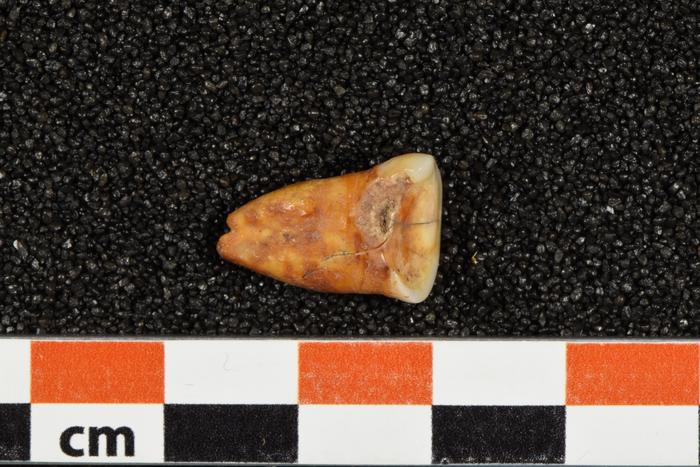
Pop culture often associates “cave men” with meat eaters. So researchers investigating people who lived in a Moroccan cave 13,000 years to 15,000 years ago were somewhat surprised to find the extent to which they relied on a plant-based diet, according to a report in Nature Ecology & Evolution.
The findings may move up the time when agriculture became favored over hunting and gathering — or at least provide a clearer picture of the transition.
“Our findings not only provide insights into the dietary practices of pre-agricultural human groups but also highlight the complexity of human subsistence strategies in different regions,” Zineb Moubtahij, of the Max Planck Institute for Evolutionary Anthropology, Leipzig, first author of the study, said in a statement. “Understanding these patterns is crucial to unraveling the broader story of human evolution.”
Ancient Mediterranean Diet
Not only were the meals of the people there heavily plant-based, but they also were quite literally a Mediterranean diet.
A significant portion of plants that the paleolithic people consumed were associated with that region, including acorns, pine nuts, and wild pulses. People from that region were thought to have dined primarily upon Barbary sheep and snails. The abundance of plants in the paleo diet of that particular region came as a surprise.
“This distinct dietary pattern challenges the prevailing notion of high reliance on animal proteins among pre-agricultural human groups,” according to the paper. It also examines when and how agriculture might have arisen in the area.
For instance, although the site — Taforalt — didn’t reveal any sign of actual farming, it did provide evidence that people living there then selectively harvested some wild crops and also stored them. These practices were agricultural precursors.
A Dietary Revolution
The researchers were able to investigate the kind of food the Taforalt cave dwellers ate by analyzing the isotopes of minerals found in teeth, bones, and other material at the site. They also investigated amino acids in human and faunal remains.
They found evidence that infants ate plant foods — and may have even been used as weaning products. This is significant, because weaning has been associated with agriculture, and therefore was thought to take place more recently.
The transition from hunting-gathering to agriculture stands as one of the most important dietary revolutions in human history. Yet, due to a scarcity of well-preserved human remains from Pleistocene sites, little is known about the dietary practices of pre-agricultural human groups.
The team next intends to investigate other Paleolithic sites in North Africa to learn more about how ancient dietary practices impacted evolution.
Read More: Hunter Gatherer’s Gut Bacteria Might Show History of Our Microbiome
Article Sources
Our writers at Discovermagazine.com use peer-reviewed studies and high-quality sources for our articles, and our editors review for scientific accuracy and editorial standards. Review the sources used below for this article:
Before joining Discover Magazine, Paul Smaglik spent over 20 years as a science journalist, specializing in U.S. life science policy and global scientific career issues. He began his career in newspapers, but switched to scientific magazines. His work has appeared in publications including Science News, Science, Nature, and Scientific American.
Source: discovermagazine.com





















Add comment